Understanding Bread Dough: Fermentation and Proofing
Chosen theme: Understanding Bread Dough: Fermentation and Proofing. Let’s explore how time, temperature, and technique turn simple flour and water into living dough with flavor, strength, and soul. Join the conversation, share your bakes, and subscribe for more dough wisdom.

The Science Behind Fermentation
Baker’s yeast consumes simple sugars, producing carbon dioxide that inflates gluten networks and ethanol that later evaporates in the oven. Temperature nudges metabolism; cooler conditions slow activity for nuance, while warmer conditions accelerate rise at the risk of blander flavor.
In sourdough, lactobacilli partner with yeast, crafting lactic and acetic acids that sharpen flavor and strengthen gluten through pH shifts. Even commercial yeast dough develops subtle acidity over time, enriching aroma, depth, and keeping quality when fermentation is paced thoughtfully.
Fermentation responds to time and temperature like a dimmer switch, not an on-off button. A long, cool bulk builds delicate aromatics and digestibility. Short, warm ferments rise quickly but may sacrifice complexity. Track dough temperature for consistent, repeatable results.

Hydration and Gluten for Confident Proofing
Autolyse: Let Flour Drink
Mix flour and water, then rest before adding salt and yeast. This simple pause jump-starts enzyme activity, improves extensibility, and reduces kneading time. Dough often handles more gracefully afterward, resisting tearing and shaping stress while retaining gas during proofing.
Salt, Timing, and Strength
Salt tightens gluten and moderates fermentation by drawing water and slowing yeast. Add it after autolyse for a stronger yet supple dough. Proper timing yields balanced extensibility and elasticity, supporting taller loaves and more predictable proofing windows during your bakes.
Mixing, Folds, and the Windowpane
Gentle stretch-and-folds build strength without overheating dough. Aim for a thin, translucent windowpane test that resists tearing. Overmixing can oxidize pigments and flavor precursors, dulling taste and color, while undermixing leaves weak networks that collapse during proofing and baking.
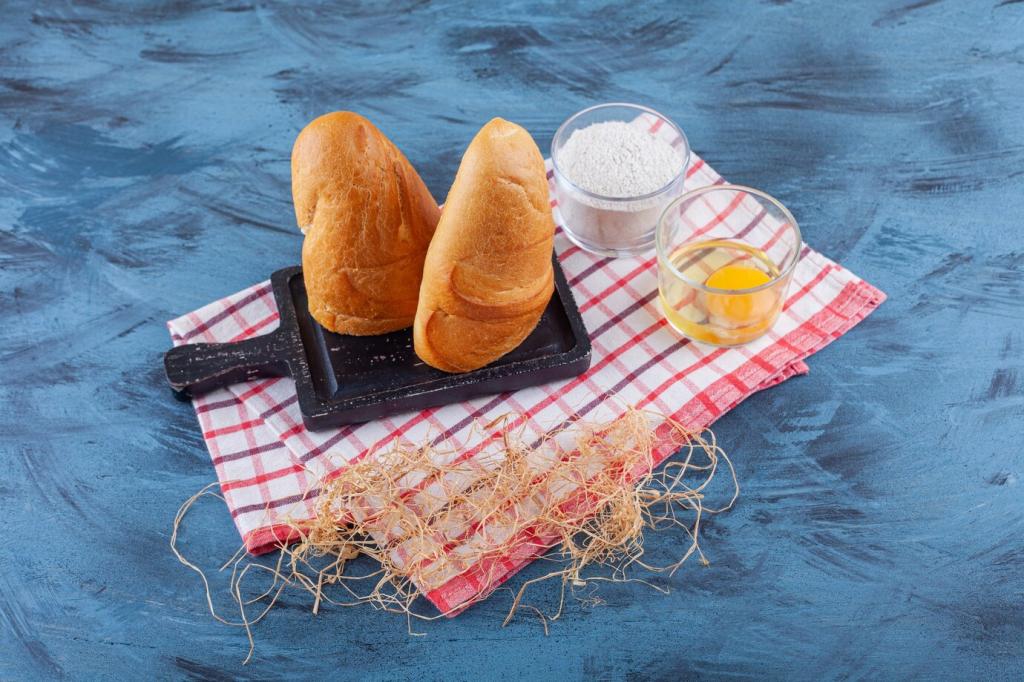
The Finger Poke Test
Press the dough lightly and watch the indentation. A slow, gentle spring back indicates readiness. Immediate bounce suggests underproofing; an indentation that stays without resilience hints at overproofing. Practice on small rolls to build confidence without risking an entire loaf.
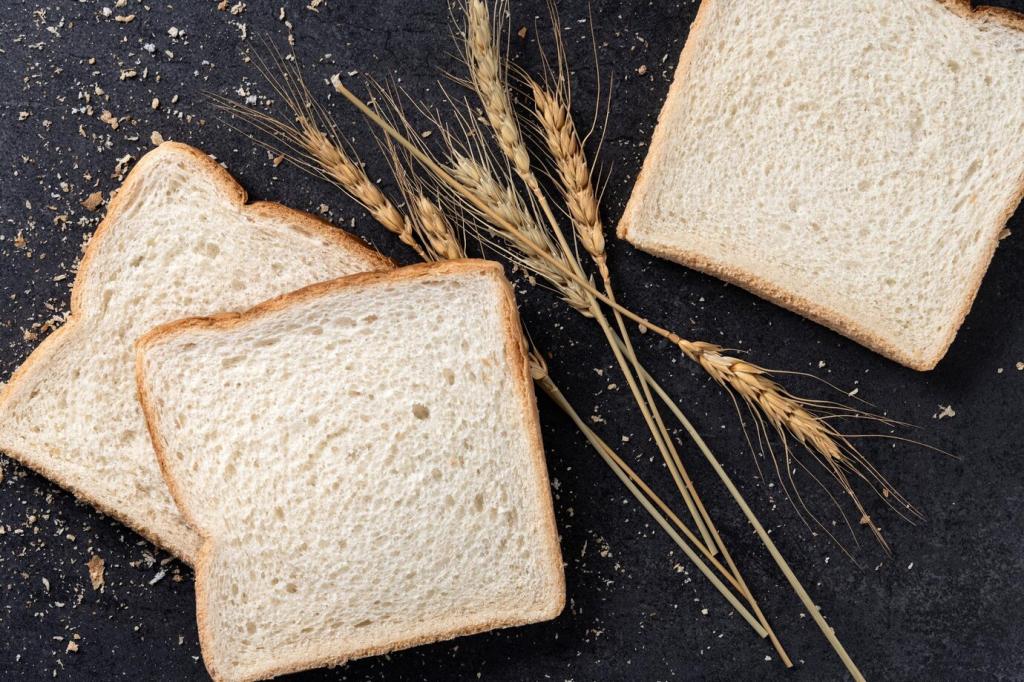
Volume and Bubble Map
Fermented dough appears airy with an even constellation of bubbles beneath a smooth skin. Large, isolated pockets can signal rushed fermentation or uneven mixing. Watch the sides of a transparent container to judge expansion and bubble distribution during bulk fermentation accurately.

Aromas and Surface Tension
Balanced dough smells slightly sweet and mildly tangy, never boozy or sharply acidic. The surface feels taut yet pliant, indicating strength and gas retention. If it feels slack and sticky, consider adjusting folds, temperature, or time before proceeding to final proof.
Mastering Temperature: Home Proofing Strategies

Create a gentle proofing environment using an oven light, a microwave with a mug of hot water, or a closed cooler with a warm jar. Monitor dough temperature, not just air temperature, to ensure consistent fermentation throughout the dough’s core and surface.
Avoiding Pitfalls: Overproofing and Underproofing
Overproofed dough feels fragile, sags during scoring, and deflates in the oven with minimal spring. The finger poke leaves a deep crater. If this happens, gently degas, reshape, and proof briefly, or pivot to focaccia where flatter structure still shines beautifully.
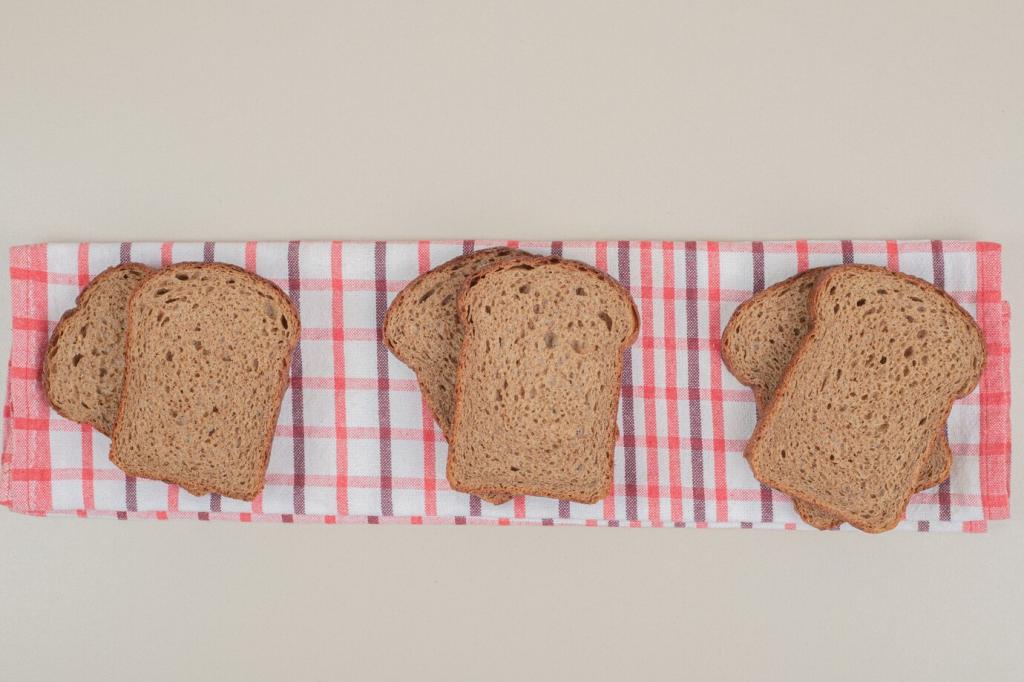
Sourdough and Commercial Yeast: Fermentation Nuances
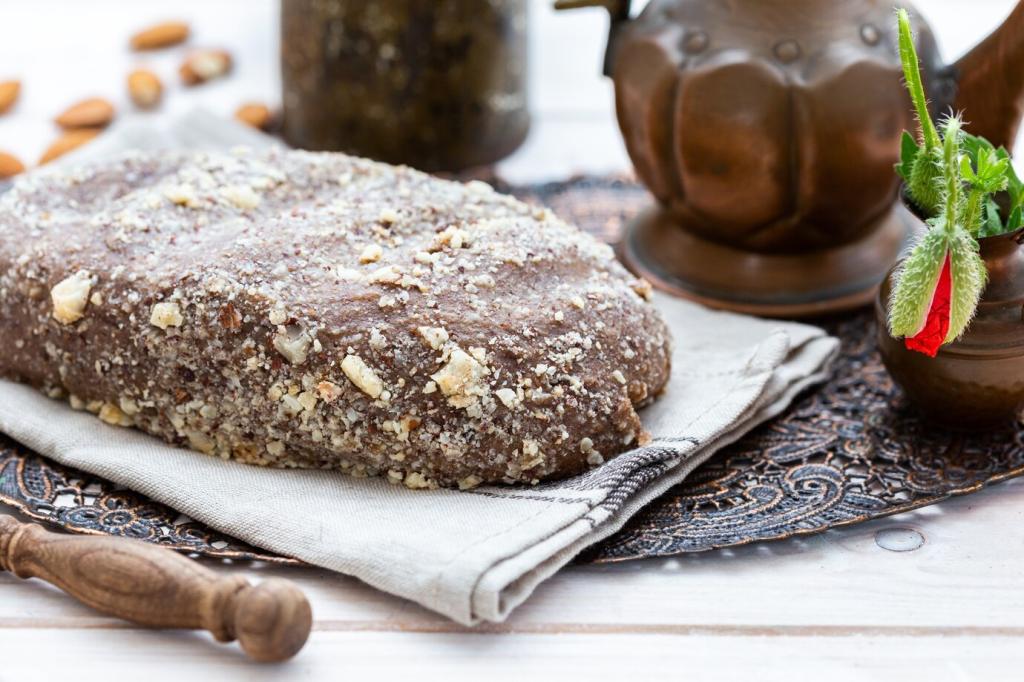
Starter Care and Predictability
A well-fed starter provides reliable leavening and flavor. Track feeding ratios, temperatures, and peak times to hit bulk on schedule. Commercial yeast offers convenience, but sourdough rewards patience with structure, digestibility, and remarkable aroma layers developed over careful fermentation.
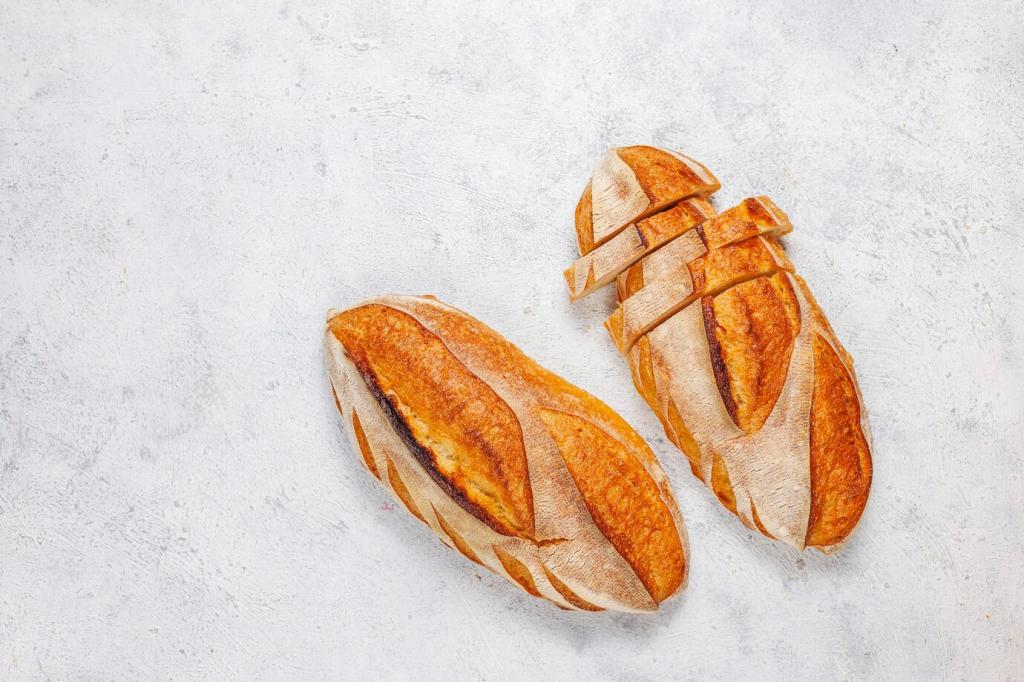
Bulk Versus Final Proof Timing
Bulk fermentation builds strength and flavor; final proof refines gas distribution and readiness for the oven. Sourdough often prefers longer, cooler bulk and careful final proof. Commercial yeast typically moves faster, demanding closer monitoring to avoid crossing into overproofed territory inadvertently.
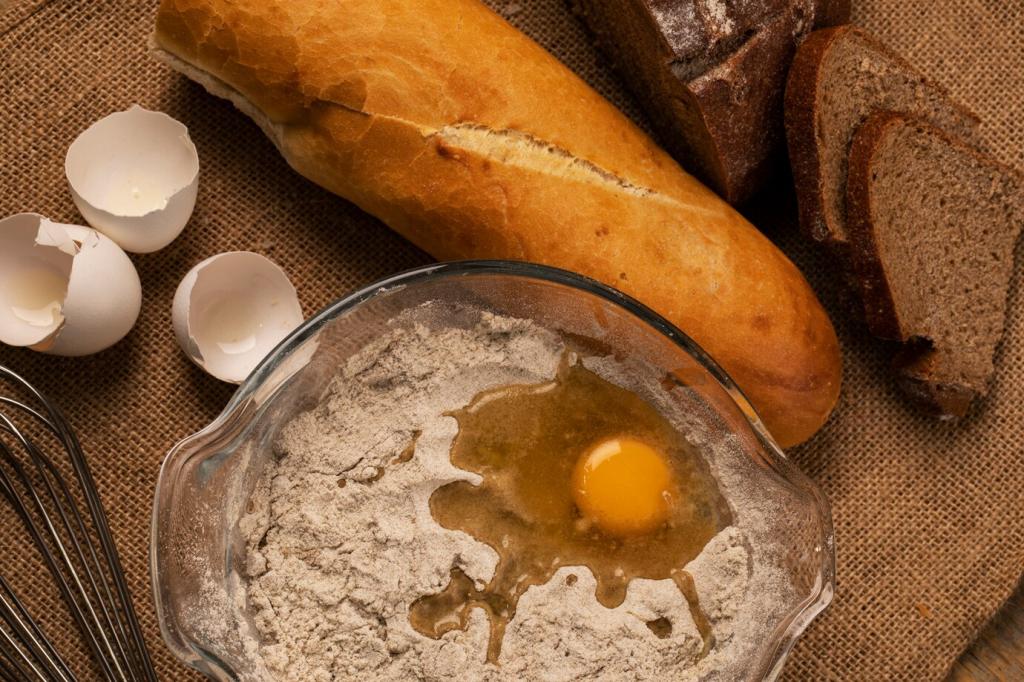
Flavor Development and Acidity
Sourdough’s lactic and acetic balance shapes tang and crumb. Warmer ferments lean lactic and mild; cooler, longer ferments encourage sharper notes. Commercial yeast breads can still gain depth through cold proofing, preferments, and restrained yeast amounts that slow fermentation gracefully.
On a rainy Sunday, the dough lagged. Instead of forcing warmth, patience prevailed: an extra fold, a longer bulk, and cooler air. The loaf sang with caramelized crust and custardy crumb, reminding us that fermentation respects time more than timetables.
Stories and Experiments from the Bench
A tight crumb revealed underproofing, so the next bake cut yeast, added a cooler retard, and extended bulk. The result was open, gently glossy alveoli and whisper-thin ears. One failure, carefully logged, became a blueprint for reliable baguette fermentation thereafter.
